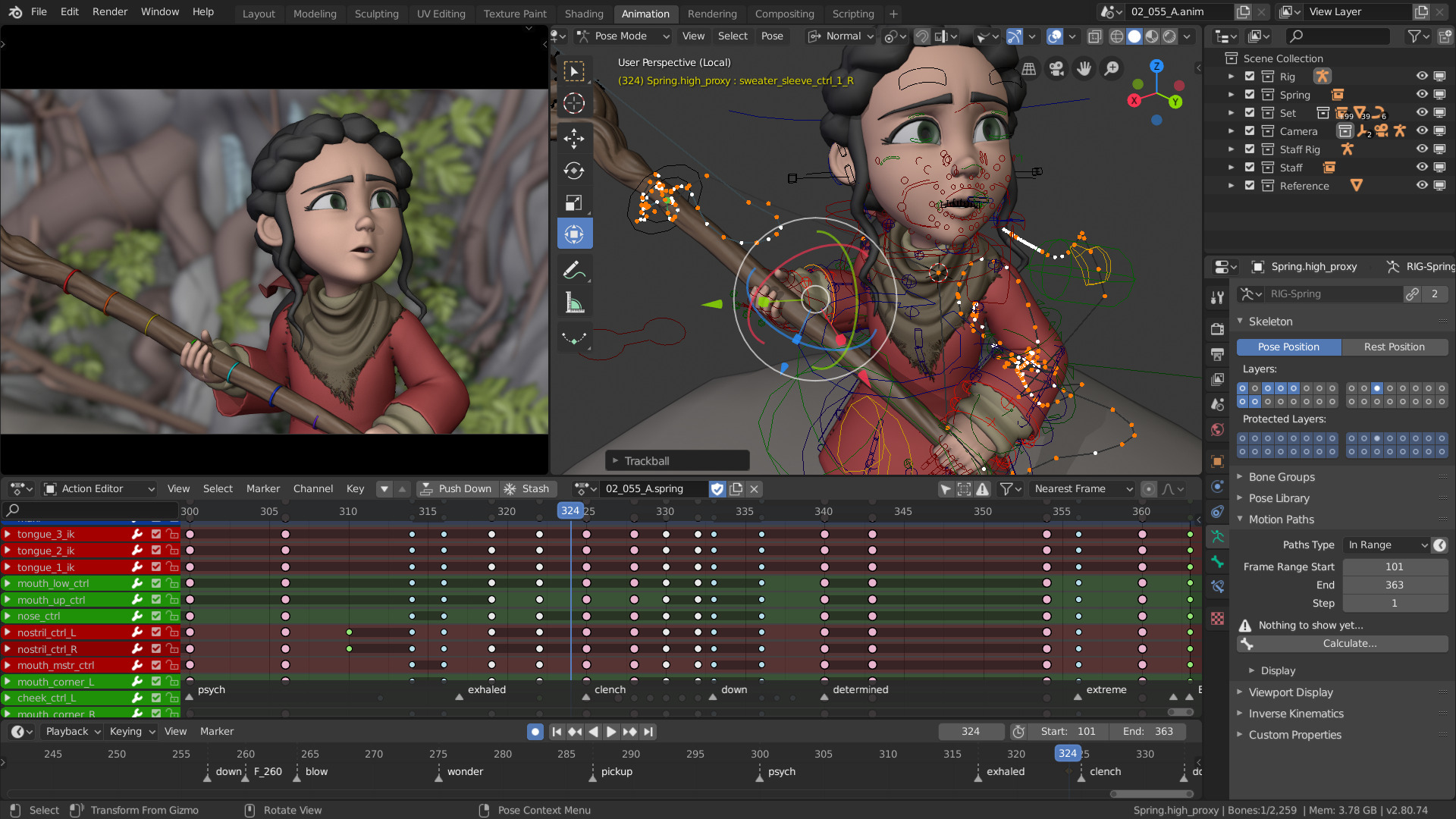

Navigation and management of each animation element will inevitably be paramount to any Blender workflow for animation. Before you can get there, however, you'll need to know your basics, lest things get very confusing very quickly. What else is out there? There is an entire world of deformation control, rigging, geometry nodes, texture nodes, vertex groups, and shape keys to explore.


The possibilities that Blender has to offer in regard to your "how" are actually much more extensive, however.

These three categories cover the "what" of your animation.
Inherited action through armature or a handle. Through local transformations and deformations. Disregarding these, though, there are three major ways that objects and characters move in Blender: You'll typically animate in Blender through keyframes (or even scripts and other advanced tools if you have the know-how). Drivers: These are automated means of control, values dependent on the state of your model elsewhere. Paths: You can coordinate your character's motion by attaching them or a part of them to an animation path, usually some sort of curve. Inverse Kinematics: Once you have some bones in your model, you can use IK to make them behave more like a series of arm or leg segments as you move the wrist, hand, or foot. Parenting: This animation tool keeps your entire model together as you work with it-the limbs are parented to the body, and each hand and foot is parented to the extremity that it extends from. Constraint: These may add functionality to a rig or animation by containing the motion of an object to the path of a two-dimensional curve, to name one example. Interpolation: The way that a keyframed value "ramps off" between each checkpoint a keyframe might be constant, truly linear, quadratic, or determined through Bézier or linear interpolation. Key Pose: Somewhere "major" that your character should land one key pose might be grabbing a glass of water, while the next might show them drawing it to their lips. In the first keyframe, it's right here-and in the next, it's moved two feet to the right, with averaged, interpolated values between each position occupying the intermediary space. Keyframe: Two unique places along the timeline where a given object or piece of geometry exists at two differing values. Armature: These are the "bones" that let you manipulate your puppet or object, deforming it predictably without worrying about the mesh losing character or integrity. Now that we know what basic animation in Blender looks like, here are a few key terms to familiarize yourself with moving forward:








 0 kommentar(er)
0 kommentar(er)
